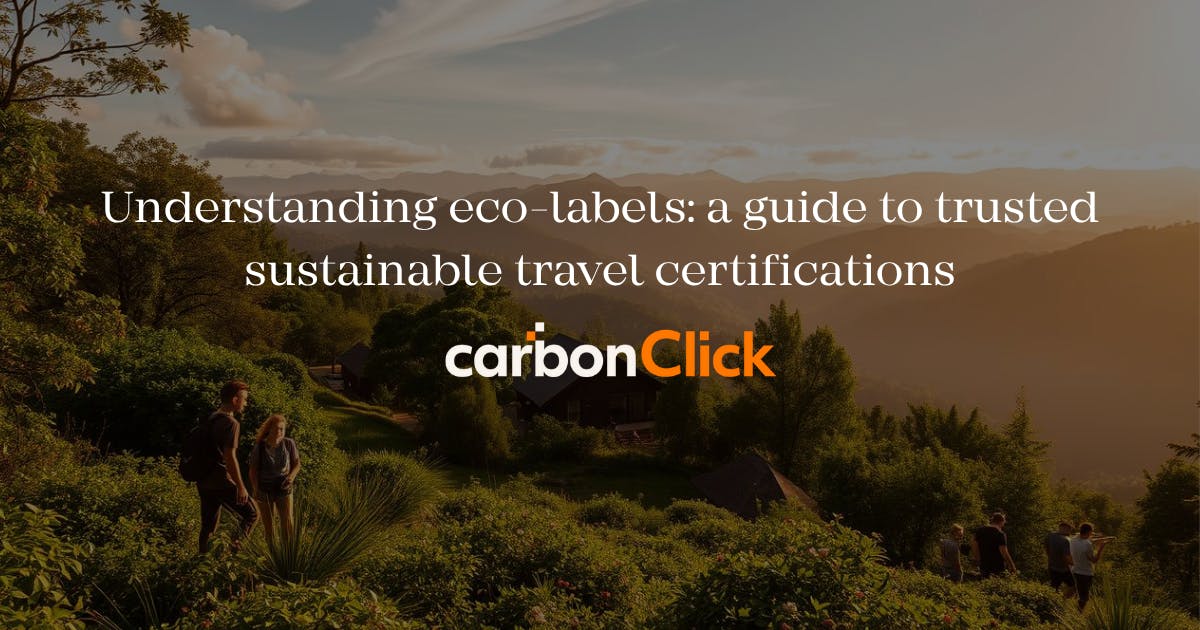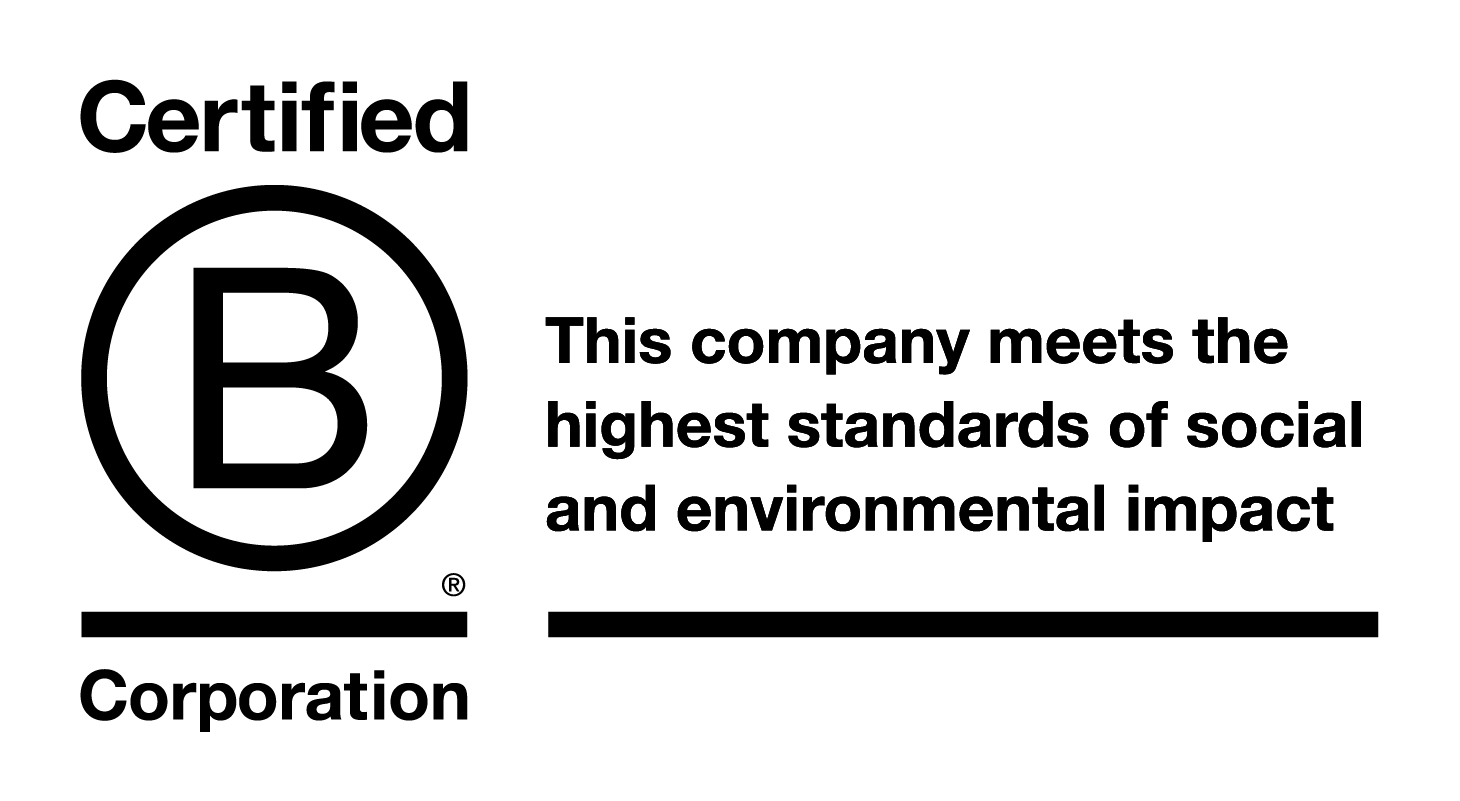Sign up. Be inspired. Get clicking.
Understanding eco-labels: a guide to trusted sustainable travel certifications
Eco-labels are vital for identifying tourism businesses committed to environmental responsibility. As verdant travel gains popularity, understanding these labels is crucial for both travelers and businesses.
Standards for sustainable travel certification
The Global Sustainable Tourism Council (GSTC) leads in promoting sustainable tourism, setting standards for eco-tourism since its founding in 2007 with support from UNEP, UNWTO, and Rainforest Alliance. Understanding eco-labels and certification standards enables travelers to make informed choices and encourages businesses to adopt environmentally supportive practices.
- Eco-labels indicate tourism companies using environmentally compatible methods
- GSTC sets standards for the tourism industry, supporting sustainable travel
- Understanding eco-labels aids in making informed travel decisions
- Certification standards guide companies toward responsible practices
- Sustainable tourism benefits both travelers and the environment


What are the standards for getting a sustainable travel certification?
Sustainable travel certification standards provide a framework for tourism businesses to enhance their environmental responsibility, ensuring travel and tourism are conducted responsibly with minimal impact on the environment and local communities.
What it means and why it’s important
To demonstrate commitment to sustainability, tourism businesses must meet specific criteria for sustainable travel certification. The Global Sustainable Tourism Council (GSTC) outlines four key areas: sustainability management, socio-economic impacts, cultural heritage protection, and environmental impact. These standards provide a clear framework, ensuring alignment with sustainable tourism principles. They promote ecologically supportive tourism, enhance the quality of tourism products, protect cultural and environmental heritage, improve business reputations, and attract environmentally conscious travellers.
How they affect travel decisions
Sustainable travel certification standards significantly influence travel choices by providing travelers with information to make responsible decisions. Choosing certified sustainable tourism operators supports businesses prioritizing environmental and community well-being. The GSTC criteria help travelers identify operators employing low-impact methods, such as community engagement, energy conservation, and waste reduction, contributing to the protection of cultural heritage sites and natural resources.
Important people in certifications for sustainable travel
Several prominent organizations lead sustainable travel certifications, playing a critical role in promoting environmentally compatible practices and ideal travel standards in the tourism industry.
The global sustainable tourism council (GSTC)
The GSTC is a global leader in promoting sustainable tourism, establishing standards for verdant tourism and providing a framework for businesses to follow.
Earthcheck
EarthCheck offers a comprehensive sustainable tourism certification program, evaluating businesses based on environmental, social, and economic performance.
Green key
Green Key awards tourism businesses committed to environmental responsibility, assessing energy efficiency, waste management, and community involvement. These organizations collaborate to make the tourism industry more environmentally supportive, enabling businesses to demonstrate their commitment to sustainability.
These organizations are instrumental in advancing environmentally supportive practices in the tourism industry. As travelers become more aware of their environmental impact, demand for low-impact travel options is likely to increase.

Things that make certification sustainable
To understand sustainable certification, we must examine its core components, covering various aspects of the travel industry and involving multiple stakeholders. The Global Sustainable Tourism Council (GSTC) identifies four main focus areas: sustainability management, cultural heritage, socio-economic impacts, and environmental effects.
Effects on the environment
Environmental impact is a cornerstone of sustainable certification, evaluating energy, water, and waste usage in travel activities. Certified operators and destinations must adopt measures to minimize their environmental footprint, such as using renewable energy, conserving water, and promoting recycling.
Responsibility to society
Social responsibility examines how travel impacts local communities, focusing on fair labor, community engagement, and respect for human rights. Certified organizations must support local economies and preserve cultural heritage to demonstrate their commitment.
Long-term economic health
Economic sustainability ensures travel benefits are equitably distributed, supporting long-lasting communities by fostering local businesses, creating jobs, and boosting economies without causing financial leakage or dependency. Sustainable certification programs promote responsible travel by focusing on these interconnected factors, benefiting both the environment and local residents. The GSTC criteria set a benchmark for organizations to achieve sustainability.
- Sustainable certification evaluates environmental, social, and economic impacts
- The GSTC criteria provide a framework for assessment
- Certified travel companies and destinations must demonstrate environmental and community responsibility

Why you should choose certified sustainable travel
Choosing certified sustainable travel offers benefits beyond the environment, supporting communities and economies while fostering a more responsible and enduring travel industry.
Raising traveler awareness
Certified sustainable travel educates travelers on responsible tourism, equipping them to make environmentally and socially beneficial choices.
- Understanding the impact of travel choices on communities and destinations
- Learning about verdant travel practices and their implementation
- Recognizing the cultural and environmental significance of destinations
Helping local communities
Responsible travel certification ensures tourism supports local communities socially and economically, with travelers contributing to community well-being by supporting local businesses and initiatives.
- Supporting local economies and job creation
- Promoting community-based tourism projects
- Encouraging preservation of local customs and cultures
Protecting the environment
Sustainable tourism practices are crucial for environmental protection, with certified sustainable travel promoting methods to reduce environmental harm, such as conserving resources and minimizing waste.
- Implementing measures to reduce carbon emissions and environmental impact
- Protecting natural habitats and biodiversity
- Promoting responsible resource use
How to tell the difference between real and fake certifications
As travelers increasingly seek low-impact options, distinguishing genuine ecotourism certifications from false claims becomes critical due to the proliferation of labels and certifications.
How to tell which labels are trustworthy
The GSTC logo is a reliable indicator of authentic verdant travel certification, as the GSTC maintains a list of certification bodies adhering to its rigorous standards. Travelers can verify GSTC-approved certifications on operators’ websites or promotional materials and check the GSTC website for authenticity.
Not greenwashing
Greenwashing occurs when companies falsely claim to be environmentally supportive or sustainable. Travelers should be cautious of overly promotional language or vague sustainability claims to avoid deception. Tips to avoid greenwashing include:
- Seeking specific examples and data supporting sustainability claims
- Ensuring certification comes from a reputable third-party organization
- Being wary of certifications that seem overly vague or too good to be true
By staying vigilant, travelers can support authentic sustainable travel initiatives, improving the tourism industry’s environmental impact.
An overview of the GSTC certification process
The GSTC certification process, a global standard for sustainable tourism, is rigorous, ensuring hotels, tour operators, and destinations meet stringent sustainability standards.
Standards and accreditation
The GSTC employs a thorough process for certifying bodies, which must meet specific standards to ensure an honest and reliable certification. Key steps in the accreditation process include:
- Application and initial review
- On-site check and evaluation
- Certification decision and ongoing monitoring
Advantages for destinations
GSTC-certified destinations gain international recognition for their sustainable tourism efforts, enhancing their reputation and attracting environmentally conscious travelers. Certification also improves operational efficiency, reduces environmental impact, and boosts local economies.
By achieving GSTC certification, destinations demonstrate their commitment to environmentally supportive tourism, fostering a more responsible and sustainable industry.

Earthcheck: a close look
EarthCheck, a leading certification body, emphasizes research and development, establishing itself as a pioneer in sustainable tourism certification.
Levels and requirements for certification
EarthCheck’s certification program features multiple levels recognizing tourism businesses’ environmental efforts, emphasizing social responsibility, environmental impact, and economic viability, encouraging continuous improvement.
- Benchmarked status: the initial level, demonstrating basic sustainability
- Certified status: awarded to operators achieving higher sustainability levels
- Gold status: the highest level, reserved for operators excelling in environmental responsibility
A visually striking image of EarthCheck certification levels showcases a clean, sophisticated design with a nature-inspired color scheme. Each certification level is represented by a sleek icon, arranged in a balanced layout, conveying professionalism, authority, and environmental responsibility.
Earthcheck success stories
Numerous tourism businesses have achieved EarthCheck certification, yielding significant environmental and economic benefits. For instance, an Australian hotel earned Gold status through ecologically compatible lighting and waste reduction. A Costa Rican tour company was certified for its commitment to environmental protection and social responsibility, reducing environmental impact while supporting local communities.
Relevance of local certifications
Local certifications vary by region, reflecting diverse approaches to sustainable tourism, promoting culturally and environmentally respectful practices, with standards differing based on regional needs.
Standards and differences by region
Local certifications are shaped by climate, culture, and community needs. Coastal regions may prioritize marine life protection, while mountainous areas focus on environmentally cautious hiking. Regional standards ensure tourism activities benefit the local environment, often incorporating community involvement for greater relevance.
Examples of local successes
Several regions have successfully implemented local certifications, advancing sustainable tourism. Examples include:
- The “Blue Flag” certification for beaches and marinas, promoting high safety and environmental standards
- Costa Rica’s “Certification for Sustainable Tourism” (CST), encouraging sustainable practices among tour operators
- Himalayan local certifications, promoting conscientious trekking, benefiting both the environment and local communities
These examples demonstrate how local certifications, tailored to regional needs, effectively promote sustainable tourism.
Problems with getting certified for sustainable travel
Challenges in certifying sustainable travel hinder the adoption of sustainable tourism practices, particularly as the industry expands and the need for low-impact travel certifications grows.
Getting to know compliance issues
Compliance issues arise when certified organisations fail to meet certifying body standards, potentially undermining the certification’s credibility and the business’s reputation. Common compliance challenges include:
- Inadequate record-keeping
- Failure to adhere to sustainable practices
- Inconsistent compliance with environmental regulations
A robust monitoring and evaluation system is essential to address these issues.
The price of certification
Obtaining and maintaining sustainable travel certification is costly, including application, audit, and compliance expenses. These costs can be prohibitive for small and medium-sized businesses, discouraging certification. Some certifying bodies offer tiered certification levels or financial assistance programs to mitigate these challenges.

What will happen in the future with sustainable travel certifications
Technological advancements and evolving consumer attitudes are poised to transform sustainable travel certifications, aligning with broader changes in the travel industry.
New technologies
Technology significantly shapes the future of low-impact travel certifications, with innovations like blockchain, AI, and IoT enhancing the certification process. Blockchain enables transparent, immutable records of sustainability efforts, while data analytics and IoT devices provide real-time environmental impact monitoring, ensuring accurate sustainability assessments and reliable information for travelers.
More people know about it
Growing consumer awareness drives the expansion of sustainable travel certifications, as travelers increasingly seek certified sustainable options. This demand pushes the industry to adopt stricter sustainability standards and enhance consumer awareness of these efforts. Eco-labeling and certification programs respond to consumer demand for environmentally cautious travel, encouraging sustainable practices and active support for responsible businesses.
In the future, technological advancements and increased consumer demand will drive innovative approaches to sustainable travel certifications.
How travelers can support sustainability
Travelers can promote sustainable tourism by making informed choices, such as selecting certified providers adhering to strict social and environmental standards, fostering a responsible and sustainable industry.
Certified providers: a step towards being green
Providers certified by organizations like the GSTC or EarthCheck demonstrate strong environmental commitment. Choosing these providers supports low-impact accommodations, tour operators, and destinations, benefiting the environment and promoting sustainable tourism.
Getting the word out about eco-friendly practices
Travelers can contribute by sharing knowledge about low-impact tourism via social media, travel blogs, or personal stories, inspiring others to make environmentally conscious choices. By selecting certified providers and raising awareness, travelers enhance the tourism industry’s sustainability, supporting local communities and reducing environmental harm.
17 South Street
Auckland 1010
New Zealand
info@carbonclick.com- -
- X
Subscribe now to stay up to date with CarbonClick, carbon offsetting and climate action.
By signing up you agree to our Privacy Policy.


